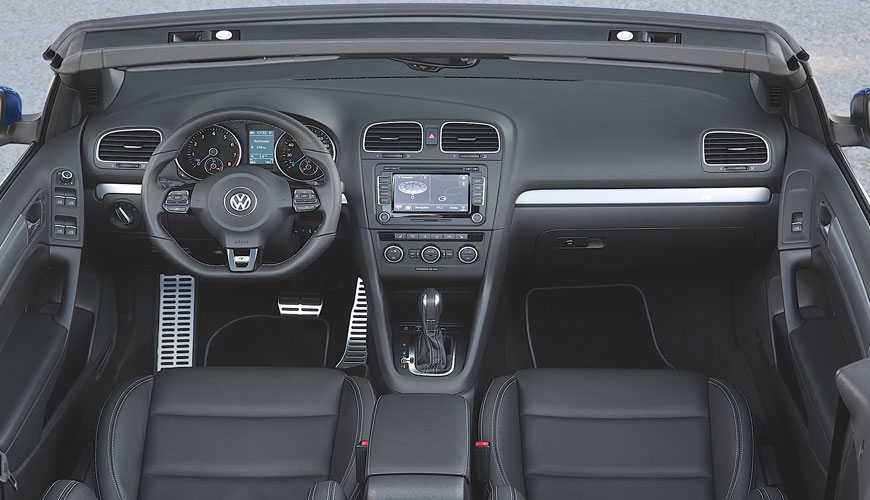

The standard “VW PV 3977 Vehicle interior plastic parts - Determination of antistatic properties” developed by the Volkswagen automobile company describes a test method used to qualitatively and quantitatively define the antistatic properties of plastic parts and sample panels. The purpose of this test method is to evaluate the ability of parts to discharge electrostatic charges. With this test, it is aimed to obtain information about possible contamination or dust accumulations, even "dust patterns", at an early stage and to take precautions.

Most types of plastic have very low electrical conductivity and therefore have a strong tendency to accumulate charges that accumulate on the surface through contact with other materials. The resulting surface charges often have problematic effects.
To prevent plastic parts from attracting dust particles through their electrostatic charge, for example in vehicle interiors, new antistatic materials with improved properties are being developed and new products are tested according to different methods.
According to the VW PV 3977 standard, parts or test panels are defined as having the capacity to discharge electrostatic charges if they demonstrate the ability to discharge electrostatic charges on the surface (proportionally) within 180 s up to the value specified in the table in the standard. The surface voltage potential of a part refers to the electric field measured at a distance using a field strength meter.
According to this standard, efficiency is divided into three levels as a function of the part's ability to discharge electrostatic charges:
While testing, part samples are charged using a non-contact discharge electrode. The surface tension potential is recorded continuously throughout the test period.
The testing equipment includes: climate chamber, discharge electrode, field strength meter with homogenizing plate, support, wooden panel, pneumatic system, high voltage generator, measurement data recorder and ionizing gun.
Before starting the test, the parts and test panels, if any, are conditioned according to the “ISO 291 Plastics - Standard atmospheres for conditioning and testing” standard. Before performing the measurement and charging the parts, it is necessary to ensure that there is no voltage potential on the part surface.
When the test begins, the test bed is adjusted so that a load can be applied to the part without contact. The test setup should also allow rapid switching to the field strength meter. After performing the part, it is charged with -15 kV for 10 seconds. After applying the charge to the part, the field strength meter is immediately positioned over the charged area of the sample. The test period starts immediately when the charging electrode is turned off. Measured values after the initial value are recorded at 1 second intervals. This testing procedure is performed at least twice for each part or test panel.
When performing a series of measurements, a suitable reference sample is always measured once to eliminate potentially error-causing influences from the environment or measurement equipment.
All values determined in the test are calculated and plotted using appropriate software. The effectiveness of the measured sample is determined using the percentage discharge capacity. An example on this subject is included in the standard annex (Annex B).
Once the test is complete, the report will include:
High-performance plastics used in cars provide the needed confidence and help shape the future of transportation. The main plastics at the forefront of automotive design and innovation today are:
Among the numerous testing, measurement, analysis and evaluation studies provided to businesses by our organization, there are also testing services in accordance with the "VW PV 3977 Vehicle interior plastic parts - Determination of antistatic properties" standard.
To get an appointment, to get more detailed information or to request an evaluation, you can ask us to fill in our form and reach you.